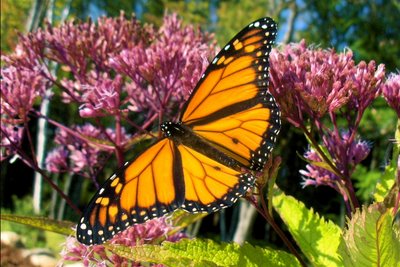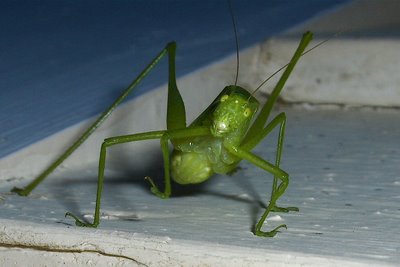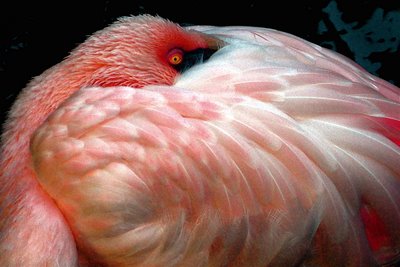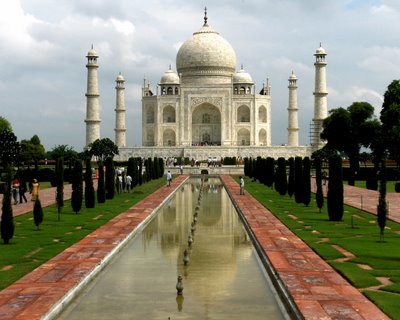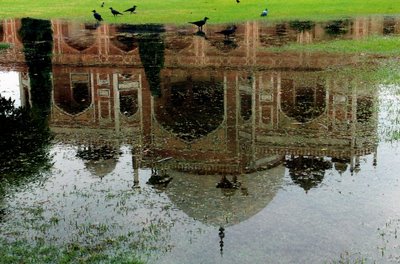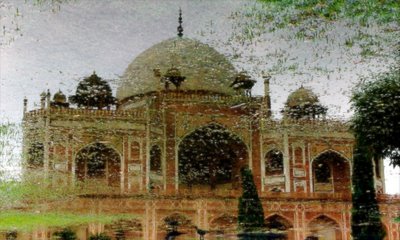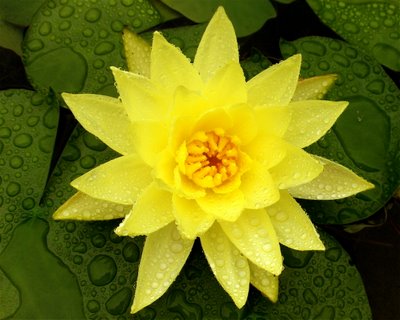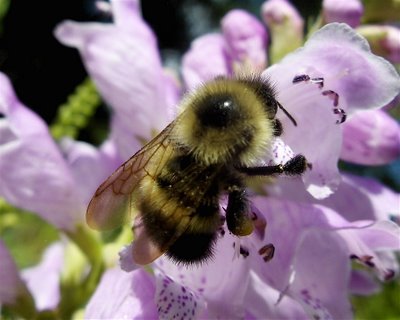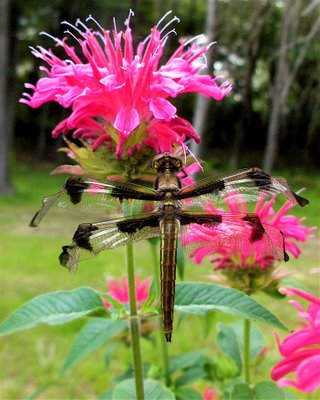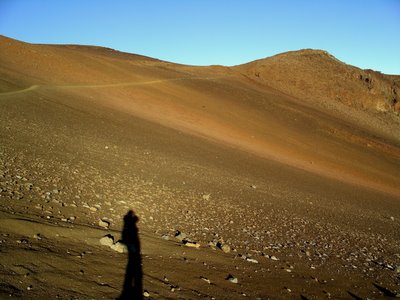 Moonscape, Keoneheehee Trail, Haleakala volcano, Maui, Hawaii, February 2004, Pentax Optio 555, Exposure 1/250 sec @ f5.0, ISO 64, no flash © Steven Crisp [Click on the photo to enlarge]
Moonscape, Keoneheehee Trail, Haleakala volcano, Maui, Hawaii, February 2004, Pentax Optio 555, Exposure 1/250 sec @ f5.0, ISO 64, no flash © Steven Crisp [Click on the photo to enlarge]The shadow by my finger cast
Divides the future from the past.
Behind its unreturning line,
The vanished hour, no longer thine.
Before it lies the unknown hour,
In darkness and beyond thine power.
One hour alone is in thine hands,
The now on which the shadow stands.
-- A poem inscribed on a sundial at Wellesley College

We were up there, with a gaggle of other caffeine-starved tourists, to watch the sun emerge ever so slowly from the moonless starry darkness, through imaginary caverns carved in the thin air of 10,000 ft with blackened hues of violet, indigo, and crimson.
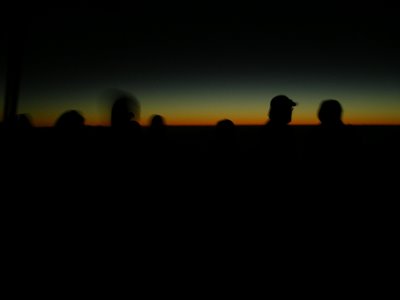
Waiting, as time passed achingly slowly in this cold, windswept, but revered "house of the Sun", which is the translation of Haleakala. Muted whispers mix with chattering shivers as we wait to see the star of the show make his entrance, toying with his audience for greater effect.

Slowly, the footlights brighten, as a hush falls over the crowd. This morning there are but a few clouds, and so the star, now having ruffled the curtain a bit, burst forth onto the stage in an instant.
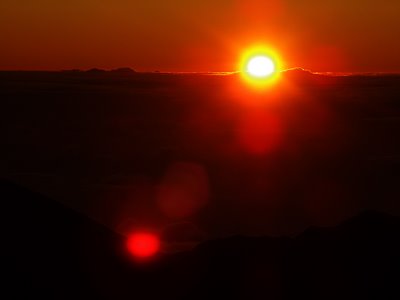
Almost too fast for our eyes to adjust, time seems to race ahead, surely at a different speed than just moments ago. Don't blink -- or you will miss it. Don't blink, and you may go blind. This is the closest I hope to ever get to witnessing a distant thermonuclear explosion -- which, of course, is exactly what it is.
And what of that sundial poem? Only this. Time is but a mental concept to place our lives and our world in a seemingly continuous stream of events. Did you know that your view of time, and my view of time are not necessarily the same, and are not linked to some abstract and absolute watchmaker or his timepiece?
Time is but a part of the space-time fabric of our universe, and each of us only understand time relatively. If you were to journey toward this distant star at any appreciable speed, strange things would happen to you and your clock (from my perspective), but everything about you would appear the same to you. To me, your clock would slow down (and to you, it would stay the same, and instead, my clock would speed up). Also, your mass and size would change (from my perspective) -- you would get heavier and wider -- more so the faster you traveled.
These are not imaginary, metaphysical constructs. If my twin brother returned from such a journey, he would indeed be younger than I. He would have aged less than I, according to my clock. And I would be older than he, according to his clock.
So what about that poem again? The only time that matters -- the only time where life exists -- is this moment. Each moment is fresh, open to your conscious appreciation. Past moments do not exist, except in your mind. Future moments do not exist, except in your mind. When you quiet your mind, you realize that any time we spend haunted by our past, or worried for our future, exists only Now, in this moment, in our mind.
It illustrates the importance of this moment. You choose how you will live your life in the here and now. You can either use your mind to reminisce (or be haunted) by the past, or you can dream (or worry) about the future. Or you experience the creative moment that is unveiling its glory at this very instant. When you are mindful of this reality, rather than the fiction of the continuum of time, you will experience the essence of life -- its richness, its beauty, the harmony, the interconnectedness and interdependence of all things, because in reality they are all one, born anew each moment.
Words!
The Way is beyond language,
for in it there is
no yesterday
no tomorrow
no today.
-- Seng-Tsan, “Verses On The Faith Mind”
In essence, you have billions of lives to live, each moment to moment. If you are dissatisfied with your current self, not to worry, for it dies in this instant -- to be reborn in the next. There is only one moment, each moment, to live this new life. How glorious will your next sunrise be?
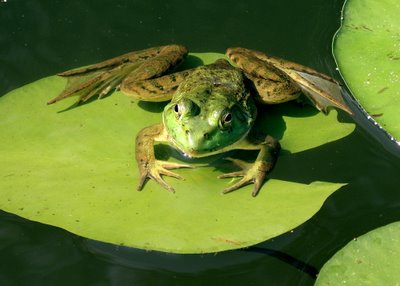 Sometimes I just sits, Garden Pond, Amherst, NH, July 2006, Pentax Optio 555, Exposure 1/250 sec @ f4.6, ISO 64, no flash © Steven Crisp [Click on the photo to enlarge]
Sometimes I just sits, Garden Pond, Amherst, NH, July 2006, Pentax Optio 555, Exposure 1/250 sec @ f4.6, ISO 64, no flash © Steven Crisp [Click on the photo to enlarge]





















